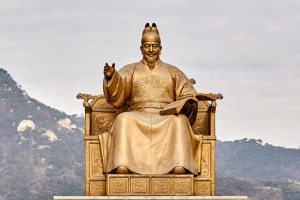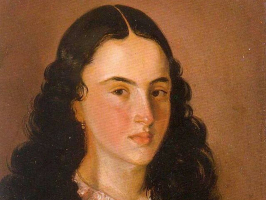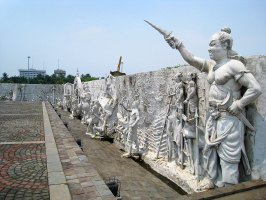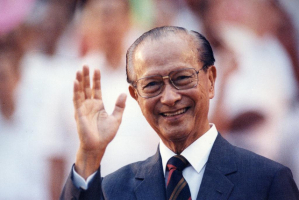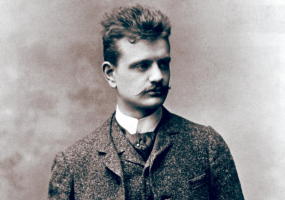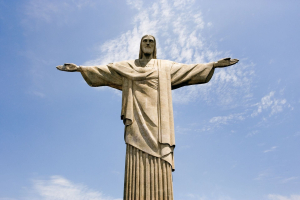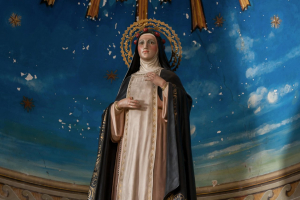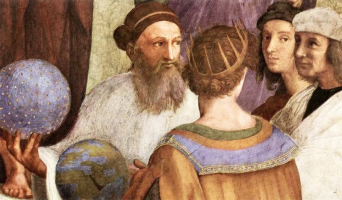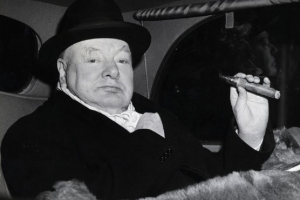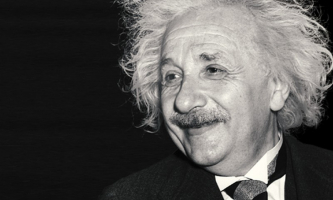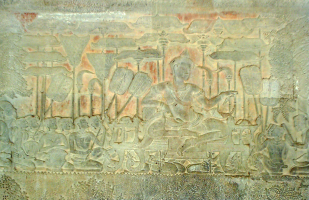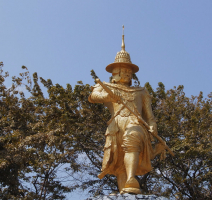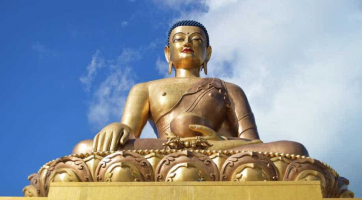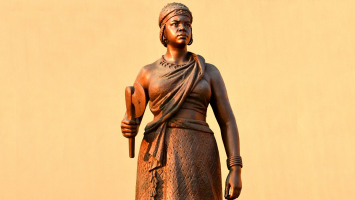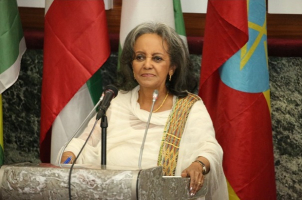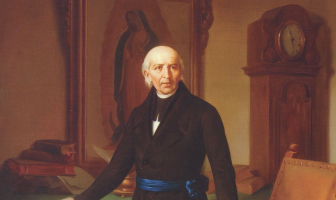Top 7 Most Important Historical Figures In Estonia
Each country has important figures considerably contributed to the nation in various aspects. Let’s explore the most important historical figures in Estonia ... read more...with Toplist through this post!
-
Caupo of Turaida, also known as Kaupo, was a leader of the Finnic-speaking Livonian people in the early 13th century, in what is now Latvia and Estonia. He is sometimes referred to as a "King of Livonia," and the Chronicle of Henry of Livonia describes him as quasi rex, or "like a king."
Caupo was the first notable Livonian to be named. He was most likely baptized in 1191 by Theoderic of Turaida, a preacher who later became abbot of Daugavgriva Abbey. He became a devout Christian and a friend of Albert of Buxhoeveden, Bishop of Riga, who took him to Rome and introduced him to Pope Innocent III in 1203-1204. The converted pagan chief impressed the Pope, who presented him with a Bible and a hundred gold pieces. When Caupo returned from his journey, his tribe revolted against him, and in 1212, he took part in a siege of his former fortress in Turaida. The wooden fort was rebuilt out of brick and stone two years later, closer to its current surviving form.
Caupo was killed in the Battle of St. Matthew's Day in 1217 while fighting against the troops of Estonian leader Lembitu of Lehola. Caupo had no male heirs because his son Bertold was killed in the Battle of Ümera in 1210. He bequeathed his estate to the church, but the Lieven and Koskull families later claimed female ancestry from him.
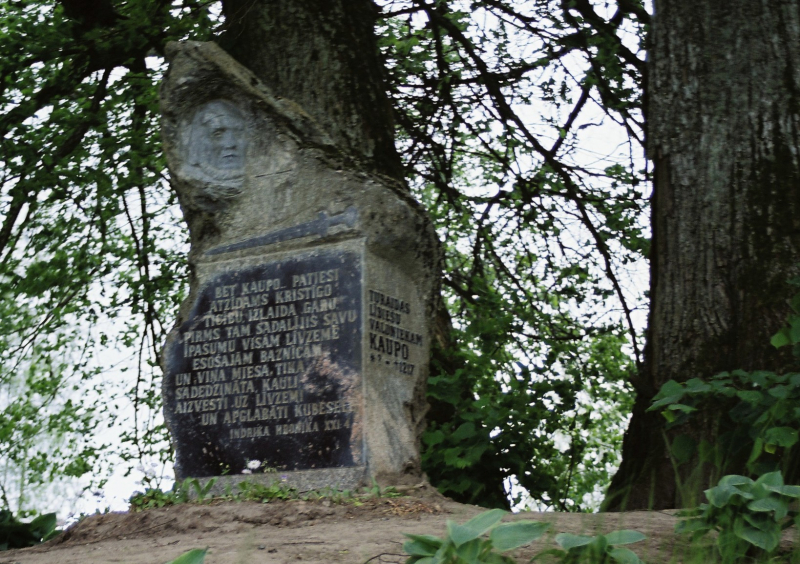
Photo: Wikipedia 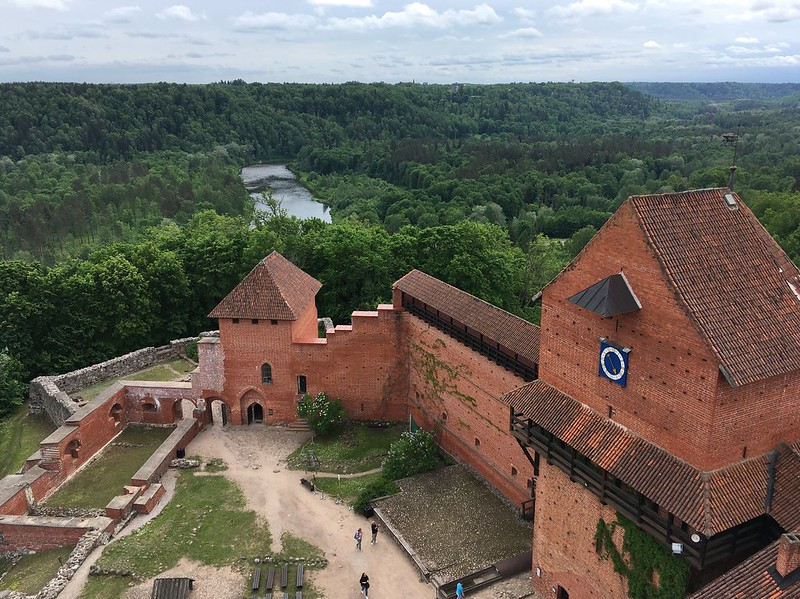
Photo: Alchetron -
The next most important historical figure in Estonia is Otto Wilhelm Masing. Otto Wilhelm Masing (November 8, 1763 in Lohusuu, Kreis Dorpat, Livland Governorate – March 15, 1832 in ksi, Livland Governorate) was an early Baltic German Estophile and a major advocate of peasant rights, particularly in education. He attended the Narva town school (1777-1779) and then the Torgau Gymnasium (1779-1782) before studying theology, music, and drawing at the University of Halle before returning to Estonia in 1786.
His first job after finishing his studies was as a private tutor for the children of the nobleman Otto Magnus von Toll at the Manor in Neu-Isenhof (Püssi). In 1788, he became pastor of the (Lutheran) church in Lüg (Lüganuse) (1788-1795), then in Maholm (Viru-Nigula) (1795-1815) and in Ecks (ksi), where he remained until his death. He also served as assessor of the Livonia consistory beginning in 1818, and as Provost of Tartu beginning in 1821.
Masing compiled and published the ABD, a children's textbook for learning to read, in 1795. (The letter 'C' does not appear in Estonian words and was not considered a member of the Estonian alphabet at the time. Given this, the title could be translated as "ABC." In 1821, he published the Luggemislehhed, a textbook with methodical reading instructions. From 1821 to 1823, Masing published a newsletter called Marahva Näddala-Leht (Estonian for Peasant's Weekly), which was one of the first regular publications in Estonian. Among other things, Masing is credited with inventing the letter " to represent an Estonian phoneme not found in other related languages.
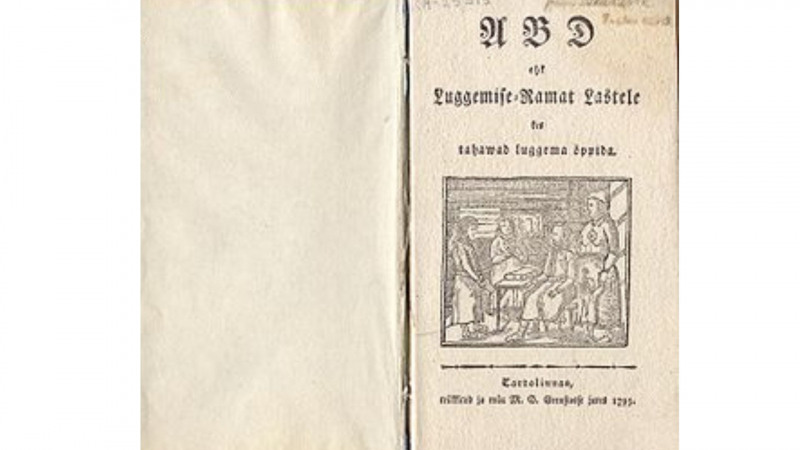
Photo: Wikipedia 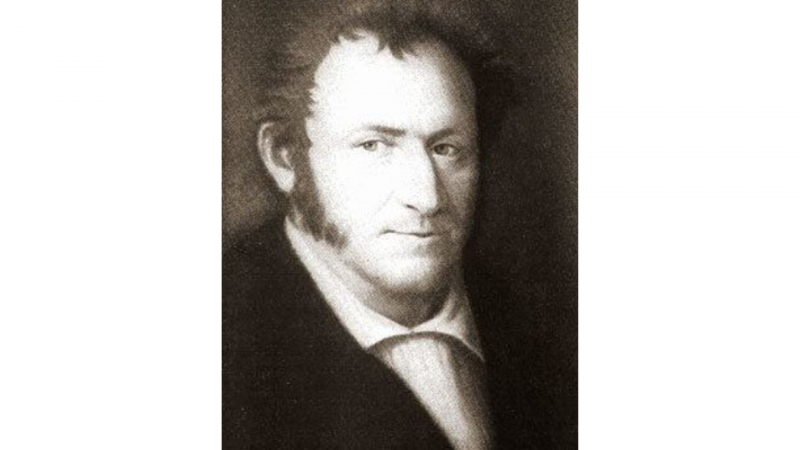
Photo: Alchetron -
Kristjan Jaak Peterson was born in Riga on March 14, 1801. He is best known as an Estonian poet, and is widely regarded as the founder of modern Estonian poetry and the herald of Estonian national literature. His literary career was cut short when he died of tuberculosis at the age of 21. In Estonia, his birthday is known as Mother Tongue Day.
Kristian Jaak Peterson collected his Estonian poems into two small books, but they were not published until a century after his death. In 1823, three German poems were published posthumously. One of Peterson's projects, the German translation of Kristfrid Ganander's Mythologia Fennica, a dictionary of Finnish mythological words and names, was completed during his lifetime (the Swedish language original was published in 1789). Peterson's translation of Ganander's dictionary was well received both in Estonia and abroad, and it became an important source of national ideology and inspiration for early Estonian literature. Its dominance lasted into the first decades of the twentieth century.
He was a gifted philologist, a polyglot whose dream was to be a Christian missionary among indigenous peoples in America, Africa, or Asia. In the spirit of Herder, he was interested in both classical culture and the vernacular languages of the world, particularly his native Estonian. Even in secondary school, he began writing philosophical and philological poems and a diary. He published articles on Estonian syntax, morphology of noun declensions and verb conjugations, phonetics, and other topics in the Estophile Johann Heinrich Beiträge zur genauern Kenntniss der ehstnischen Sprache. After graduating from university, Peterson taught language classes in Riga and studied philology.
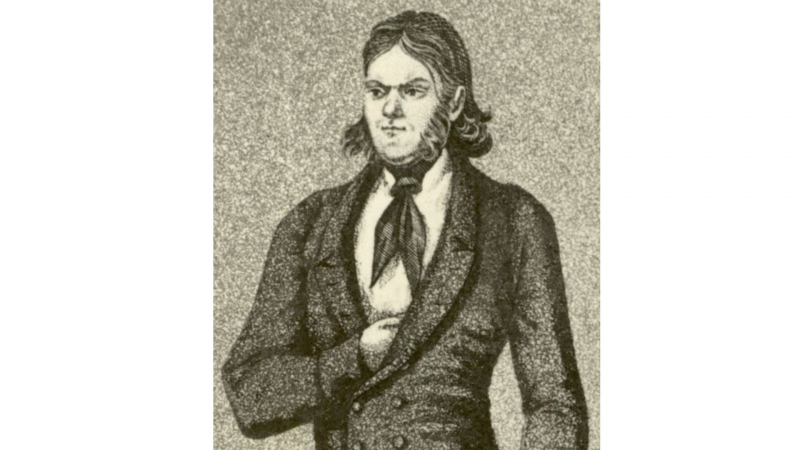
Photo: Sisu@UT 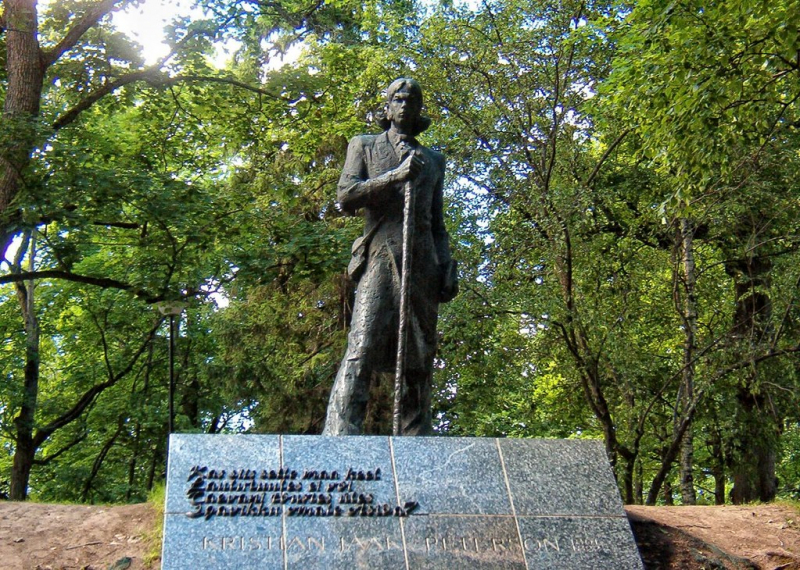
Photo: Flickr -
Johan Laidoner (February 12, 1884 – March 13, 1953) was an Estonian general and statesman. During the Estonian War of Independence, he served as CommanderinChief of the Estonian Armed Forces and was one of the most influential people in Estonian politics between the world wars. Laidoner, who was born in Viiratsi, Kreis Fellin, Governorate of Livonia, joined the Imperial Russian Army in 1901 and served in World War I. Following the 1917 Russian revolution, he commanded the Russian army's Estonian national units. In 1918, the Estonian Provisional Government appointed him commander-in-chief of the newly independent Republic of Estonia's armed forces.
Following the Estonian War of Independence, he was a member of the Riigikogu (Estonian parliament) from 1920 until 1929. He was appointed commander-in-chief again after the Communist coup attempt of 1924, and then again from 1934 through 1940. He was captured and sent to Russia after the Soviet conquest in 1940, where he died in jail in 1953. Laidoner had a critical role in quickly organizing and training the army, as well as developing an effective command structure within the armed forces. Laidoner sought to win vital triumphs - taking strategically significant highways and railway stations - using smaller and more mobile battalion- and company-sized formations, reinforced by armored trains and armored automobiles, learning from his experience with trench warfare in World War I.
Laidoner's reputation in Estonia has remained contentious; while hailed as a national hero for his leadership skills and success as a military commander during the War of Independence, he has been chastised for his support of Konstantin Päts, his involvement in the 1934 coup, and his surrender to the Soviet Union in 1940. Laidoner is commemorated with a number of monuments, memorials, and sites. That's all about the fourth most important historical figure in Estonia Toplist want to share with you!
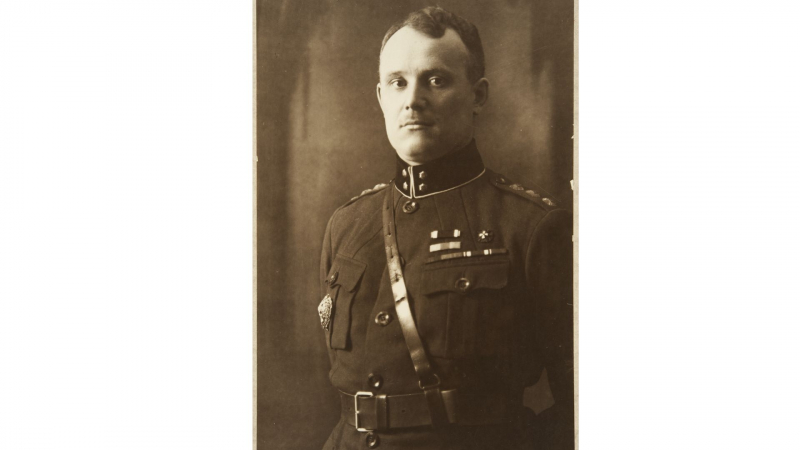
Photo: Wikipedia 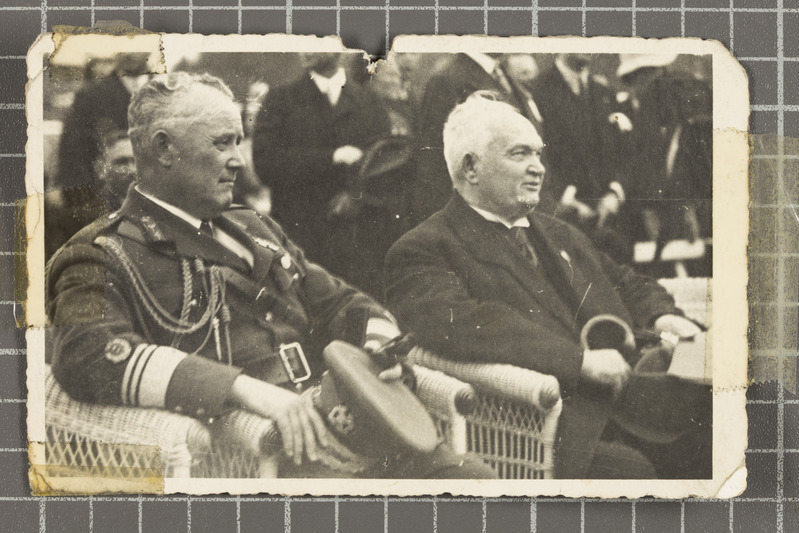
Photo: Ajapaik -
Konstantin Päts (23 February [O.S. 11 February] 1874 – 18 January 1956) was an Estonian statesman who served as the country's President from 1938 to 1940. Päts was one of the most powerful leaders in independent Estonia, serving as Prime Minister five times in the two decades preceding World War II. Päts was one of the first Estonians to enter politics, beginning a nearly 40-year political struggle with Jaan Tnisson, first through journalism with his daily Teataja, then through politics. During the Russian Revolution of 1905, he was sentenced to death (in absentia), but he managed to depart the country, first to Switzerland, then to Finland, where he resumed his literary activity. He returned to Estonia, but was imprisoned from 1910 to 1911.
Päts led the most right-wing of the major political parties in the 1920s and early 1930s, the conservative Farmers' Assemblies, which eventually merged with the Union of Settlers and Smallholders in 1932. Päts was Riigikogu speaker (1922-1923) and State Elder five times, a position similar to president in Estonia's fundamentally parliamentary system. Many reforms were implemented and the economy thrived during the "Era of Silence" of 1934-1938, while he delayed the restoration of constitutional order. Päts ruled as Prime Minister in the functions of the State Elder (1934-1937) and President-Regent (1937-1938) until a new constitution was approved in 1938, following which Päts became the first President of Estonia. In 1940, the Soviet Union occupied Estonia during his administration. He was compelled to sign decrees as President for nearly a month before being captured and transferred to the Soviet Union, where he died in 1956.
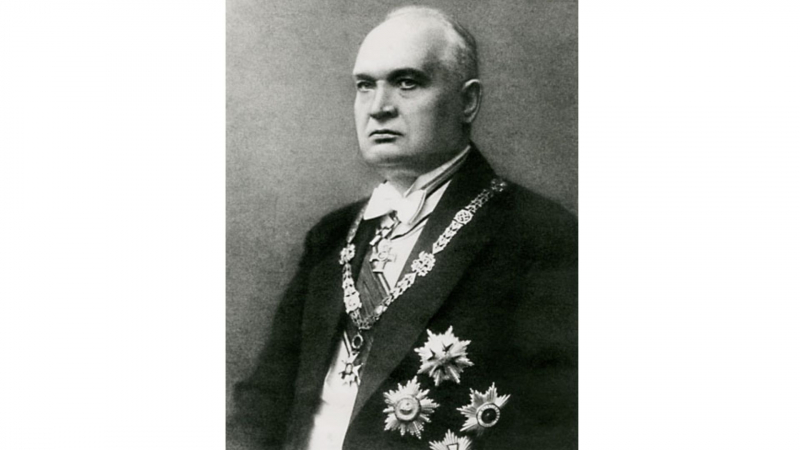
Photo: Wikipedia 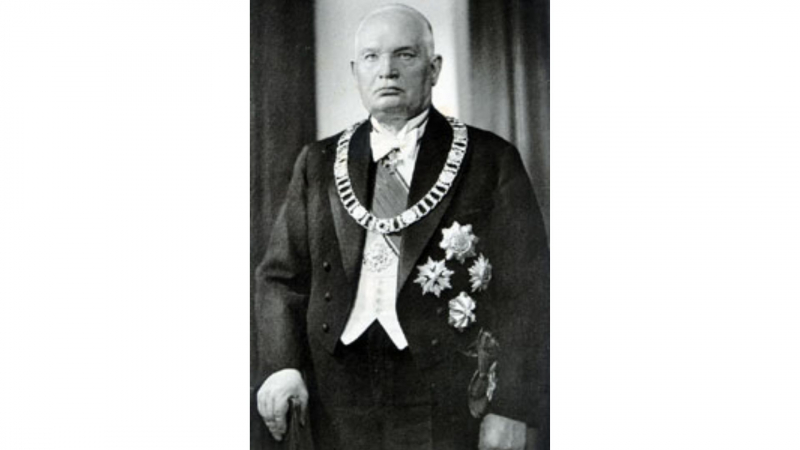
Photo: Eesti Vabariigi President 1992 - 2001 -
Vaino Väljas is the following most important historical figure in Estonia. Vaino Väljas (born March 28, 1932 in Külaküla, Hiiumaa) is an Estonian politician. From 20 April 1962 to 18 March 1967, he was the Chairman of the 6th Supreme Soviet of the Estonian SSR. He then served as the first secretary of the Communist Party of the Estonian Soviet Socialist Republic from 16 June 1988 to April 1990, and as its chairman from April 1990 to August 1991.
He began working with the Komsomol in 1949. From 1955 to 1961, he served as First Secretary of the ELKNÜ Central Committee. Väljas was the First Secretary of the Communist Party of Estonia's Tallinn City Committee from 1961 to 1972. He served as Secretary of the EKP Central Committee from 1972 to 1980. Väljas was evacuated from Estonia and assigned as the Soviet ambassador to Venezuela in 1980 and Nicaragua in 1986 because he was thought to have Estonian nationalist tendencies. As the Estonian independence movement gathered traction in 1988, Gorbachev returned Väljas from Nicaragua and nominated him as leader of the Communist Party of Estonia. In February 1990, the Communist Party lost its monopoly on power. Väljas later voted for the Restoration of Estonian Independence in August 1991.
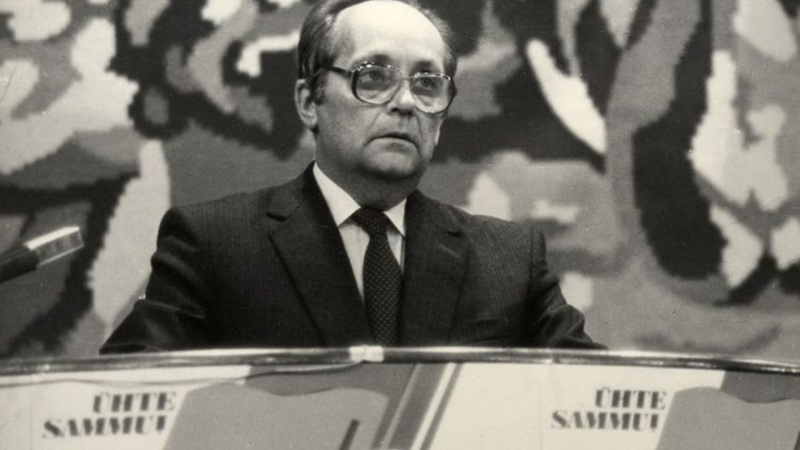
Photo: Alchetron 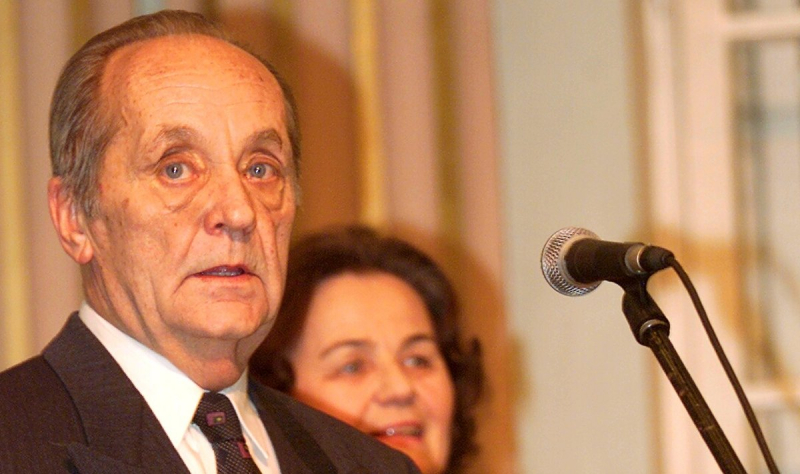
Photo: Eesti Päeveleht - Delfi -
Lennart Georg Meri (29 March 1929 – 14 March 2006) was an Estonian politician, writer, and film director. From 1992 to 2001, he was Estonia's second president. Meri was a key figure in the fight to reclaim Estonia's independence from the Soviet Union. Meri's most well-known piece is possibly Hbevalge, which translates as Silver White and was published in 1976. It reconstructs Estonia's and the Baltic Sea region's past. Meri, like in his other works, combines documentary sources and scientific investigation with his imagination. Meri says, "If geography is language, maps are imagery." Hbevalge is based on a wide range of old maritime sources, and it painstakingly reveals the legend of Ultima Thule. The term was given to the most northerly land in classical times, which was said to be six days' travel from Britain. Several other locations have been proposed, including the Shetland Islands, Iceland, and Norway.
After more than two decades of refusals, the Soviet administration eventually granted Lennart Meri permission to travel beyond the Iron Curtain in the late 1970s, and Meri consistently used the chances available to him in Finland to remind the free world of Estonia's existence. He formed tight bonds with politicians, journalists, and Estonians who had fled the occupation. He was the first Estonian to publicly denounce the Soviet proposal to mine phosphorite in Estonia (dubbed the Phosphorite War), which would have rendered a section of the country uninhabitable. He also met with American and European heads of state and foreign ministers, and he was the first Eastern European guest to deliver a speech at NATO Headquarters in Brussels.
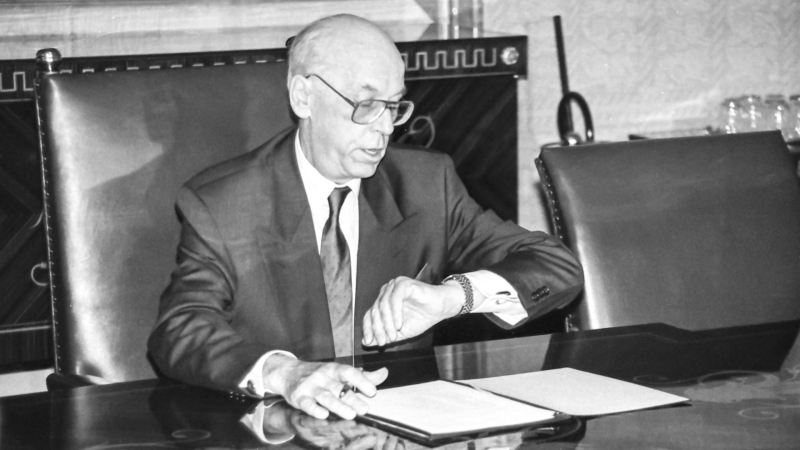
Photo: vm.ee 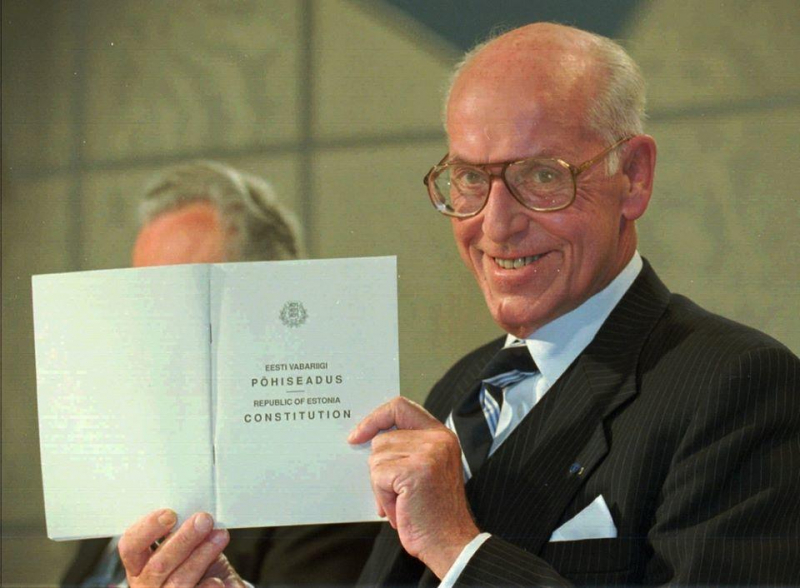
Photo: Estonian World











